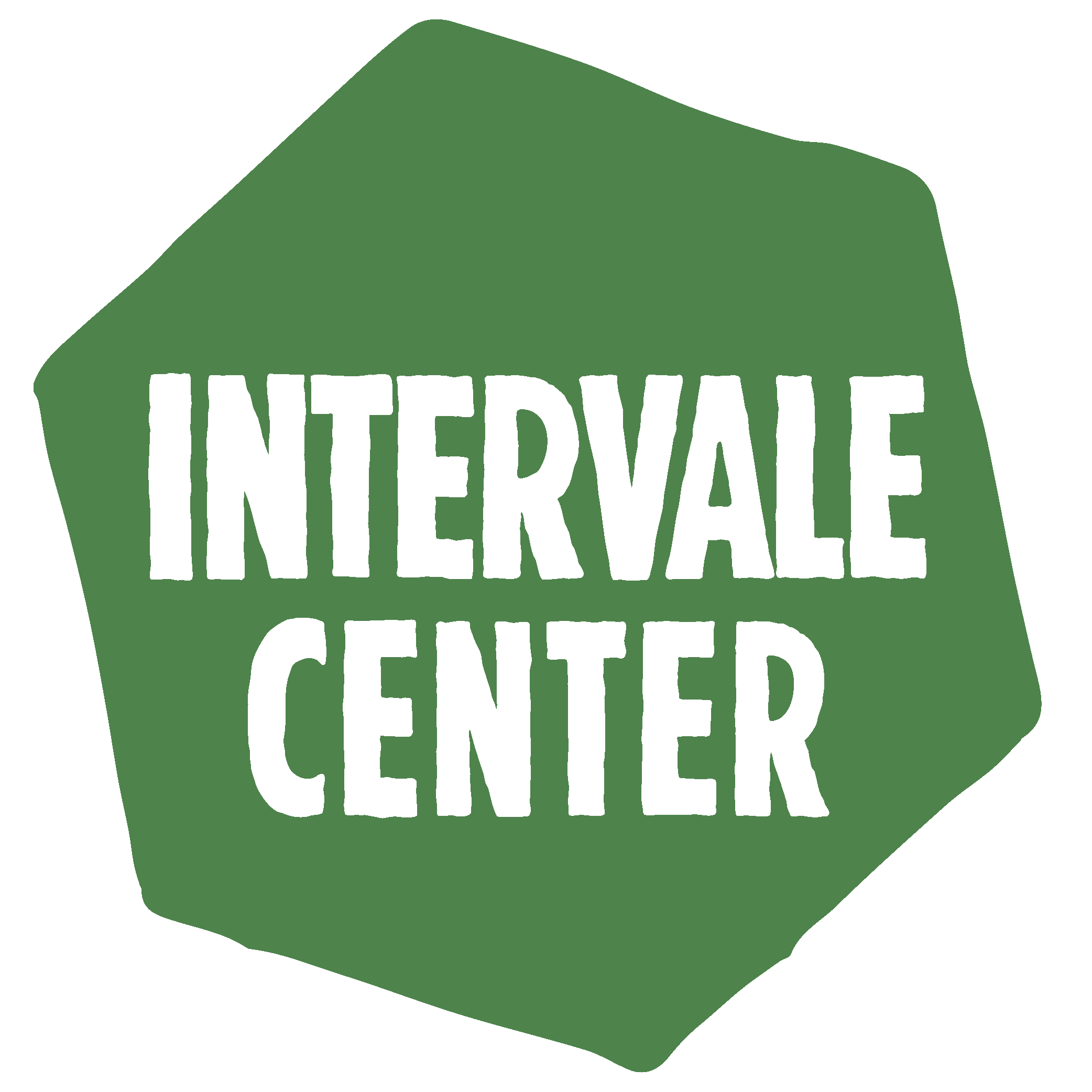Intervale Center Agroforestry Riparian Buffer Project
By Duncan Murdoch, Natural Areas Stewardship Coordinator
At the Intervale Center, we work to provide for our community's needs (human and natural) by engaging in agricultural practices that support biodiversity, climate resilience, and healthy ecosystems. Our agroforestry riparian buffer project is a great example of our values around this work.
What is Agroforestry?
Agroforestry is the intentional integration of trees, shrubs, and perennial plants into an agricultural system. Agroforestry is nothing new. It has long been ingrained in our agricultural history, serving as a means of producing food for centuries. In the face of our planet's accelerating degradation, this age old and indigenous way of farming is re-emerging as a crucial solution to our contemporary challenges. Moreover, this return to a more dynamic and diverse way of farming is now officially recognized by the USDA in these Agroforestry categories of practice:
Alley cropping- rows of trees with animals or crops between
Windbreaks - borders of trees around farms
Riparian buffers - trees alongside waterways
Silvopasture - animals grazing under managed trees
Forest farming – cultivation of high value crops under a forest canopy, i. e. mushrooms
Why Agroforestry?
Agroforestry has a number of benefits, both environmentally and economically. When implemented well, agroforestry practices can improve air quality, sequester carbon, and enhance biodiversity by creating additional habitat for birds and beneficial insects. In addition to improving our natural environment, agroforestry practices can help farmers diversify their on-farm income with value-added products such as elderberry syrup and hickory nut oil. With the increasing frequency of large flooding events, such as the one experienced in July '23, there arises an opportunity for farmers to adapt and begin to harvest produce that can grow at a height above the flood line– untouched by possible contamination and FDA regulatory harvesting guidelines. With perennial plants securely rooted in the soil, they are also less susceptible to being washed away by floodwaters. Moreover, once they are established, these perennial plants can serve as natural barriers, helping to retain soil and capture flood debris and sandy sedimentary deposits from entering the farm fields further.
How is the Intervale Center practicing Agroforestry?
In order to demonstrate the feasibility of a large scale implementation of agroforestry while satisfying the need to enhance the riparian buffer along the Winooski River, we have begun the first phase of an agroforestry buffer project. The design of the 100ft buffer includes 50 feet of native conservation trees and shrubs grown here at the Intervale Conservation Nursery (ICN) with a recreational trail, 30 feet of agroforestry plants (aronia and elderberry) and another 20 feet of mowed grasses. The first phase of the project included design and consultation with Interlace Commons, in-depth conversations with the two farms that farm on the land, and the planting itself. We planted 176 aronia and elderberry and 300 native trees and shrubs - with more to come!
What’s Next?
We will be stewarding the shrubs we planted by pruning, cover-cropping between rows, mulching, irrigating, and weeding until the aronia and elderberry start to produce berries in 2-3 years. For the 50-foot conservation buffer of native trees and shrubs, we will weed and maintain their protection tubes. Next year, we will be selecting a variety of other agroforestry species to plant in Phase 2 such as Paw Paw, Hazelnut and Bitternut Hickory. Our intention is to demonstrate and educate folks about agroforestry as we learn along the way. We will track our steps and look for ways to distribute the food equitably into the growing market. We seek to both find and develop a regional market for elderberry and aronia by connecting with interested businesses such as breweries, apothecaries, and ice cream makers. We also plan to distribute the harvests through our free Fair Share Program. Meanwhile, we will continue to explore collaborations and opportunities in agroforestry demonstration and education with Interlace Commons, the Institute for Agroecology at UVM, Intervale Farms, and by participating in Farm to Plate’s Agroforestry Priority Strategy Team.
Come check out the agroforestry buffer accessible by trail HERE.
Volunteer with us! We rely on community support and involvement.


